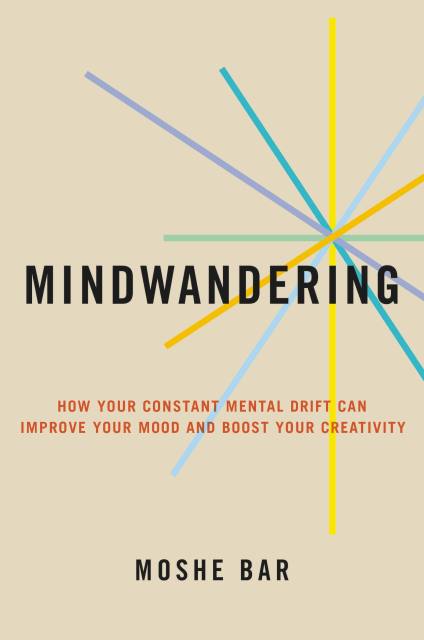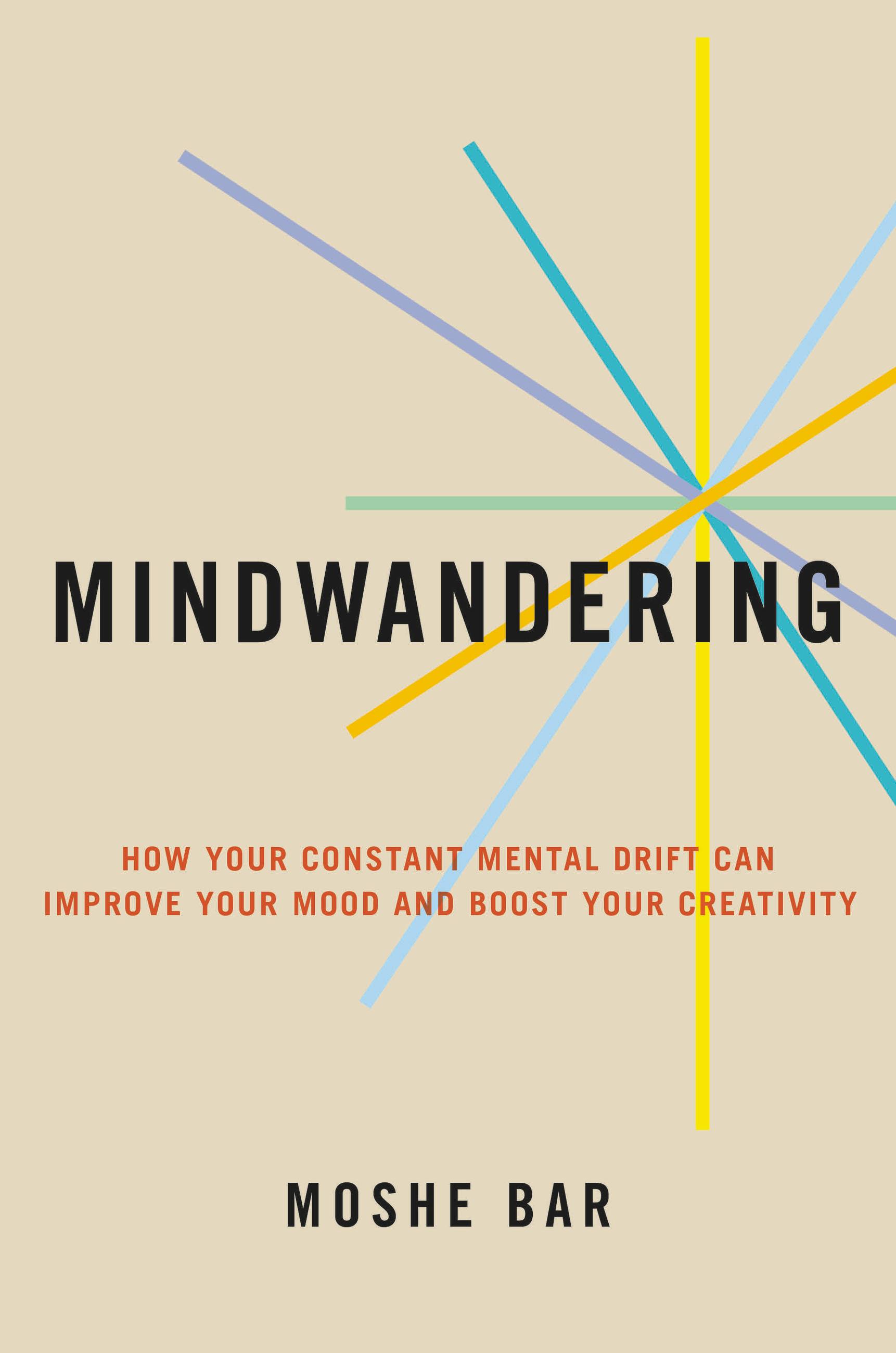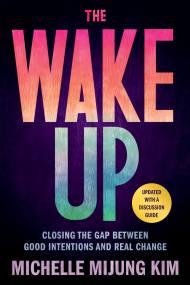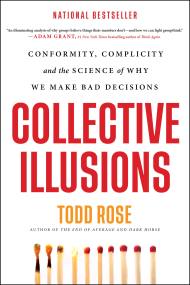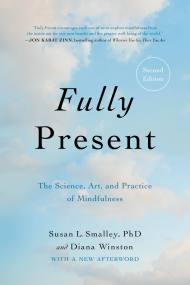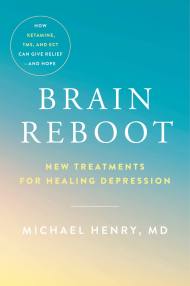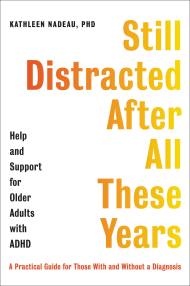Promotion
Shop now and save 20% on your back-to-school purchases & get free shipping on orders $45+ Use code: SCHOOL24
Mindwandering
How Your Constant Mental Drift Can Improve Your Mood and Boost Your Creativity
Contributors
By Moshe Bar
Formats and Prices
Price
$14.99Price
$19.99 CADFormat
Format:
- ebook $14.99 $19.99 CAD
- Hardcover $29.00 $37.00 CAD
This item is a preorder. Your payment method will be charged immediately, and the product is expected to ship on or around February 8, 2022. This date is subject to change due to shipping delays beyond our control.
Also available from:
“One of the pre-eminent cognitive neuroscientists of his generation” explores the proven benefits of letting your mind wander and the positive impact it can have on your mood and creative potential (Daniel Gilbert, author of Stumbling On Happiness).
Our brains are noisy; certain regions are always grinding away at involuntary activities like daydreaming, worrying about the future, and self-chatter, taking up to forty-seven percent of our waking time. This is mindwandering—and while it can tug your attention away from the present and contribute to anxiety and depression, cognitive neuroscientist Moshe Bar is here to tell you about the method behind this apparent madness.Mindwandering is the first popular book to explore this multi-faceted phenomenon of your wandering mind and introduces you to the new, exciting research behind it. Bar combines his decades of research to explain the benefits and the possible cost of mindwandering within the broader context of psychology, neuroscience, psychiatry and philosophy, providing you with practical knowledge that can help you:
- Develop your sense of self, better relate to others, and make associations that help you understand the world around you
- Increase your ability to focus by understanding when to wander—and when not to
- Magnify and enrich your experiences by learning about full immersion
- Stimulate your creativity by combing through the past and making predictions about the future
- Boost your mood by unleashing your mind.
-
"An original, provocative, and fascinating new theory by one of the world’s leading neuroscientists about why the mind wanders -- and how we can change its trajectory to make ourselves happier and more creative."Daniel Gilbert, professor of psychology, Harvard University, New York Times bestselling author of Stumbling on Happiness
-
"Mindwandering is the best thing that can happen to anyone. What is it? Why is it good? Let Moshe Bar take you by the hand and show you the exciting ways it liberates us from the tedium of the known world into the world of possibilities. And while you are at it, chill out and learn profound insights about the brain and how it works."Michael S. Gazzaniga, professor and head of SAGE Center for Study of the Mind at UCSB, author of The Consciousness Instinct"
-
"In this highly original, accessible, erudite, engaging, and informative book, a distinguished neuroscientist highlights the role of mind wandering in solving problems, inducing happiness, and in teaching us to 'bring the right mind to the right time."Nancy Etcoff, psychologist and researcher at Harvard University
-
"In this important, entertaining, and instructive treatment, Moshe Bar takes us on a journey through contemporary neuroscience to show when, why, and exactly how a wandering mind can be good for us. Along the way, we learn why we should meditate, how to profit from imagined experiences, and how we can make the most of our limited mental resources. A gentle and humane book that should be read by everyone interested in the human mind and the human brain."Andy Clark, professor of cognitive philosophy, University of Sussex, author of Surfing Uncertainty
-
"Brains constantly balance the two states of tracing known paths and setting off on new adventures. Bar's revelatory, pioneering studies on this are finally available for everyone to enjoy, so we can optimally direct our states of mind to better align with the moment. A fascinating read that will bring your mind back home."David Eagleman, neuroscientist at Stanford, New York Times bestselling author
-
"This book evinces the intimate relationship between curiosity and creativity, mindwandering and mindfulness, agency and association sentience and selfhood. It does so using a compelling mixture of personal narratives and high-end cognitive (and clinical) neuroscience; in which the author is wonderfully fluent (and internationally acclaimed). It is an addictive and eclectic read, crafted with a gentle and telling humor."Karl J. Friston, MBBS, scientific director, Wellcome Centre for Human Neuroimaging, professor, University College London
-
"A gold standard in neuroscience research is to prove links between brain activity and behavior. Bar's analysis of mindwandering offers us 'a good broad-ranging stroll' through all sorts of familiar human behaviors, provocatively locating them in relation to brain functions that he has spent decades studying. Highly accessible and entertaining, alternately personal and analytic, this lovely and stimulating book will make you appreciate your mind, and Bar’s."Susanna Siegel, Edgar Pierce Professor of Philosophy, Harvard University`
- On Sale
- Feb 8, 2022
- Page Count
- 288 pages
- Publisher
- Hachette Go
- ISBN-13
- 9780306925290
Newsletter Signup
By clicking ‘Sign Up,’ I acknowledge that I have read and agree to Hachette Book Group’s Privacy Policy and Terms of Use
